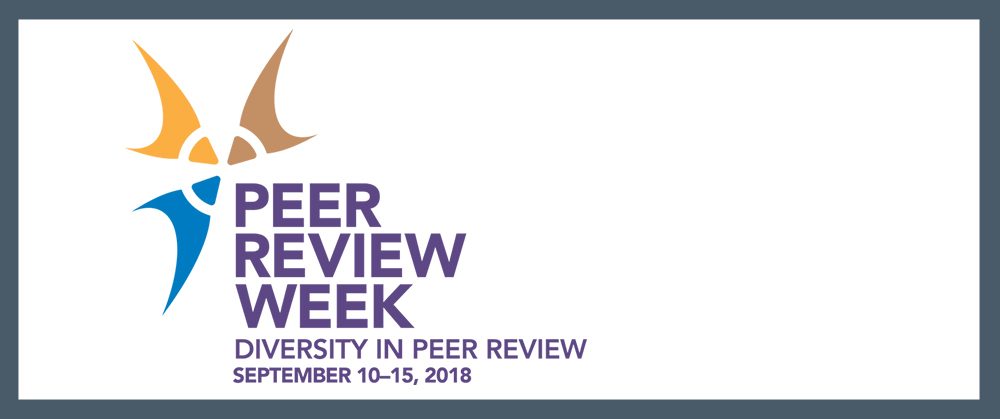This year’s Peer Review Week theme of “Diversity and Inclusion in Peer Review” applies not only to gender, underrepresented minorities, and country bias; organizers have also sought to raise awareness for including early-career researchers in peer review.
Getting involved with the peer review process may seem daunting for an early-career researcher. Although reviewers are typically more established in their field, the ASHA Journals recognize the unique skill set and knowledge base that new reviewers can bring into the peer review process. With a few simple steps, young professionals can make themselves more attractive candidates for the ASHA Journals peer review process.
- Express interest. All peer review for the ASHA Journals takes place on Editorial Manager, a state-of-the-art peer review management system. New users can set up an Editorial Manager account by going to the respective Editorial Manager page for the journal they’d like to review for. Potential reviewers can indicate their areas of expertise, allowing editors and guest editors to find them when searching for reviewers in a given topic area. Because all reviews are conducted through Editorial Manager, having an account completed shows a willingness to review and can save valuable time during the invitation process.
- Learn about ASHA’s peer review policy. ASHA’s Peer Review Excellence Program (PREP) offers information and resources for new reviewers and current reviewers alike. The ASHA Journals Academy also has an easy form to indicate interest in serving as editorial board members (EBMs) or ad hoc reviewers for Perspectives or other ASHA Journals.
- Find a peer review mentor. Invited reviewers can mentor a PhD student in the review process. Students, then, can take advantage of this unique opportunity by seeking out a mentor who is an editorial board member or ad hoc reviewer for the ASHA Journals, or by simply expressing interest within their department. Although there is no “one way” for the mentoring process to proceed, some ways of collaborating include writing reviews separately from your mentor and then creating a combined review, or discussing a paper’s merits and collaborating on a review over email. The particular method of collaboration should be discussed beforehand. A mentor who chooses to engage a mentee in an invited review bears full responsibility for the review, and the mentor will inform the journal’s editor of the mentee’s identity.
- Enhance your profile. Early-career or student reviewers can get a head start in the peer review process by setting up an account on Publons. Members can complete a biography, including stipulating their fields of research, and can even express interest in reviewing for a journal. Publons also offers a training academy full of information about the peer review process. More than 450,000 researchers have used Publons to claim reviews they’ve completed and to track their editorial contributions.
Whether it be online tools, mentors, or instructional guides, early-career reviewers have a large knowledge base at their disposal. Join us in celebrating Peer Review Week by taking one or more of these important steps to becoming a peer reviewer for the ASHA Journals!









